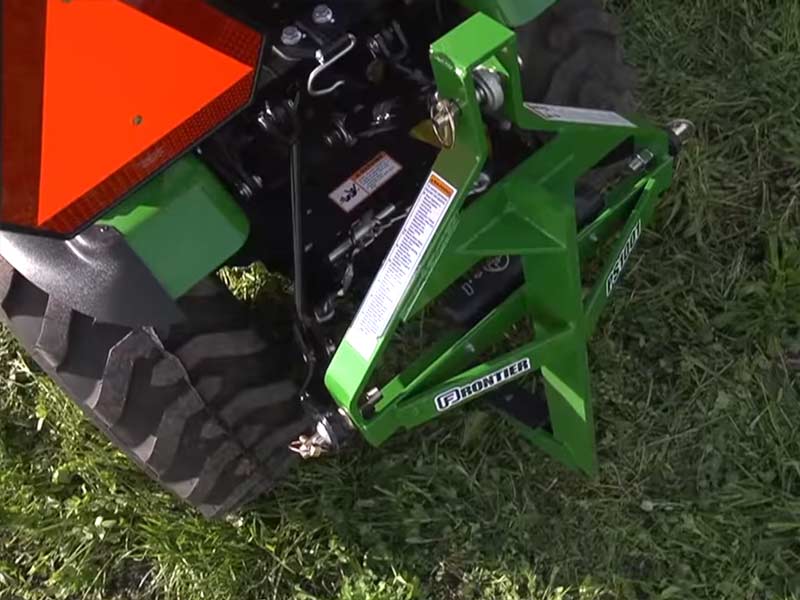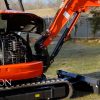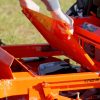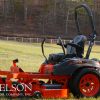 A subsoiler is a useful tool to have when you have a patch of hardpan on your terrain that water won’t drain through and you need to eliminate a big puddle. Hardpan refers to soil compaction that lies between the topsoil and the subsoil. It’s a potentially limiting factor when it comes to crop production. This normally occurs when tractors and other farming equipment run over the soil repeatedly, pressing down onto the soil each time with the weight and pressure of the machines.
A subsoiler is a useful tool to have when you have a patch of hardpan on your terrain that water won’t drain through and you need to eliminate a big puddle. Hardpan refers to soil compaction that lies between the topsoil and the subsoil. It’s a potentially limiting factor when it comes to crop production. This normally occurs when tractors and other farming equipment run over the soil repeatedly, pressing down onto the soil each time with the weight and pressure of the machines.
Probing Hardpan
When your property accumulates standing water, it is often the result of hard, compacted soil with a substantial amount of clay in it, something every Georgia farmer knows all about. Water can’t drain properly through tightly compacted soil, so it just sits on top or runs off, denying your soil the moisture it needs to sustain plants.
Before you use the subsoiler, a soil probe will help you assess how deep the hardpan goes into the ground. To determine the thickness of your hardpan, push the probe into the soil. You’ll begin to feel pressure when you reach the top of the hardpan. As the probe pushes through the hardpan and reaches into the subsoil, you will have to push down significantly less, showing you where the hardpan ends. Be sure to note the depth when pushing the probe gets easier because this is where you will need to set your subsoiler to dig.
Using a Subsoiler
A subsoiler is a simple farming device that separates and breaks up hard packed soil beneath the surface, allowing the standing water drain through and create properly moisturized soil, which will lead to more efficient farm production.
Subsoilers feature a vertical shaft with a pointed angle at the bottom end to penetrate and break up condensed soil. Some subsoiler attachments have multiple shanks with blade like points to cover more ground at one time. Subsoilers dig up to 24 inches deep. Hardpan will typically be 4 to 12 inches deep beneath the surface of the soil. The shank of the tool is just sharp enough to leave a narrow slit in the surface of the ground that can easily be closed back up by running your tractor’s rear tire over it. The idea is to break up the hardpan without creating holes or furrows.
The number of times you will need to maneuver over the soil in order to loosen the hardpan depends on the width and number of shanks your subsoiler features and the severity of the hardpan itself. If it is necessary to do a second pass over the hardpan, the most effective way to do so is perpendicular over the first pass you made, like a giant crosshatch. Going in a different direction and breaking across the grain will break up the soil better and improve your results.
Subsoilers are also very helpful when used to cut the roots of hedges and trees that lie along a fence line or on the property line between two farms. The tool cuts the roots deep enough beneath the surface to help control hedge growth and size by not allowing it to draw moisture from your pasture.
With any farming machine or equipment, it is extremely important to refer to the user’s manual before operating. Following the safety tips and procedures will prevent any kind of accidents or personal injury when working with equipment and performing tasks on the farm.









